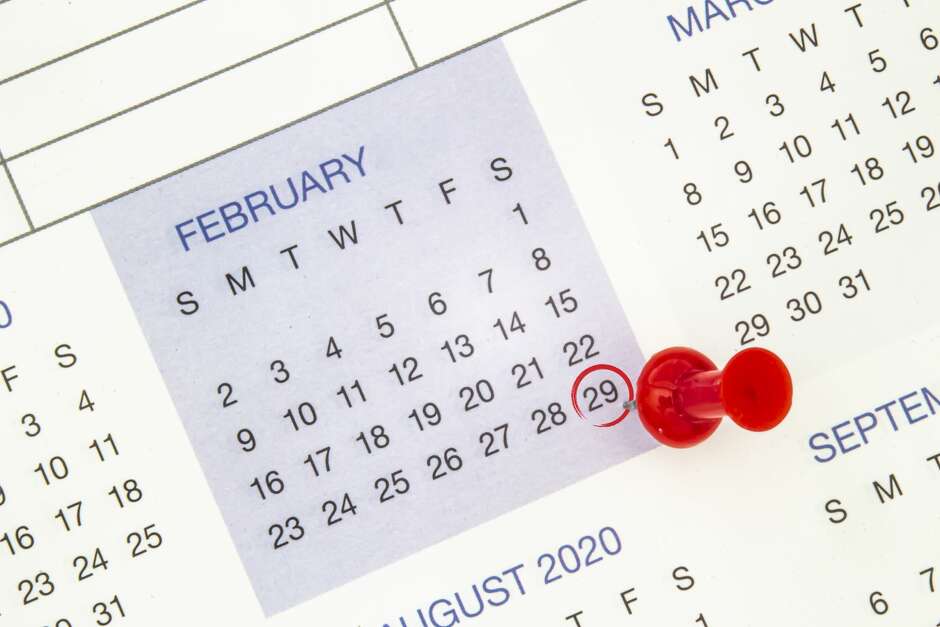

By 46 B.C., the calendar was three months out of alignment because there had only been five intercalary years preceding him, instead of the needed eight. Julius Caesar was appointed dictator in 49 B.C. Also, since intercalations were often determined so close to their announcement, the average Roman citizen often did not know the date, particularly if they were some distance from the capital." "Because a Roman magistrate's term of office corresponded with a calendar year, the power of intercalation was prone to abuse: the priests could lengthen a year in order to keep an ally in office, or shorten it when an opponent was in power. But there were flaws in the system, as LiveScience explains (opens in new tab): The Romans had a few calendar versions over the years at the turn of the millennium (opens in new tab), however, they had been using a 355-day year for a few centuries.Īll seemed to go well for 700 years, because high-ranking state priests (Pontifices) would add extra days in some years (a process called intercalation) to keep the calendar in sync with the seasons. If we didn't put it in a leap year, what's the worst that could happen? To answer that question, we need to journey back 2,000 years to the end of the Roman Republic. There's no perfect solution, but it's the one we’ve developed." "We ignore the cycles of the moon, understanding that they can come anytime in the calendar – but we add the 'leap day' every four years to keep us in sync with the Earth’s revolution around the sun, which we call a solar year.

#2020 LEAP YEAR FREE#
Roman statesman Julius Caesar introduced the idea of a leap year much earlier when he created the Julian calendar in the first century BC, eventually replaced by the Gregorian calendar.Īccording to tradition, a leap day is also known as “Ladies Day” or “Ladies’ Privilege,” the one day when women were free to propose to men.Īnd people born on a leap year are called leaplings."Every culture has to make choices on how they organize its calendar," Kenneth Coles, a geoscientist at Indiana University of Pennsylvania, said in a statement. This rule about years divisible by 100 years and 400 years was added with the introduction of the Gregorian calendar in 1582. Years that are divisible by 100, century years such as 1900 or 2000, cannot be leap years unless they are also divisible by 400.įor this reason, the years 1700, 18 were not leap years, but the years 16 were. Generally a leap year happens every four years, but there are exceptions.Ī year may be a leap year if it is evenly divisible by four. “And so February was the last day of the year, so that’s why the extra date would be added in February to make sure that the first day of spring was always aligned with the right time.” “The calendar year was originally meant to start in March with the vernal equinox, so that’s the first day of spring,” Rachel Ward-Maxwell, a staff astronomer with Ontario Science Centre, told CTV’s Your Morning.


The orbit of the Earth is measured by the vernal equinox in March so the calendar is reset in the month preceding it. Most years have 365 days, but in a leap year we have 366 to keep our calendar aligned with the seasons.īut a leap year isn’t always every four years it’s slightly more complicated than that.Ī year according to the Gregorian calendar, named after Pope Gregory XIII, is 365 days or how long it takes the Earth to orbit the sun.īut Earth’s orbit is actually closer to approximately 365.25 days, so without leap days, the calendar would be off by five hours, 48 minutes and 45 seconds more each year.Īfter 100 years, the seasons would be off by 25 days. February 29 is a leap day – an extra 24 hours added to the shortest month in a leap year.


 0 kommentar(er)
0 kommentar(er)
